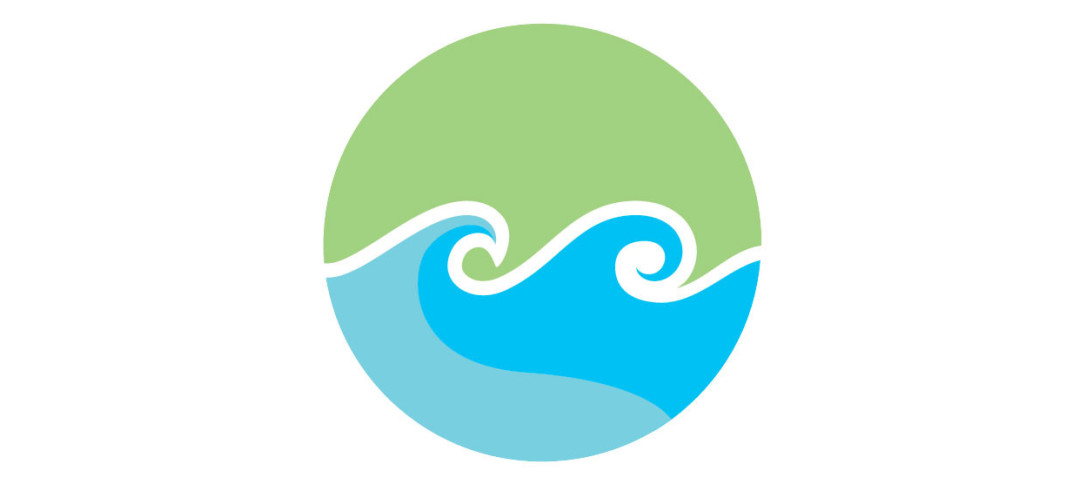
Abstract: We use large-eddy simulations to consider turbulent transport, mixing and wave generation in the penetration of a buoyant plume carrying a passive tracer into a stably stratified layer with constant buoyancy frequency. We develop a method of objectively partitioning buoyancy-tracer space into three regions, each of which corresponds to a coherent region in physical space. Specifically, we identify a source region where undiluted plume fluid enters the stratified layer, a transport region where much of the transition from undiluted to mixed fluid occurs in the plume cap, and an accumulation region corresponding to the radially spreading intrusion. This method enables quantification of different measures of turbulence and mixing within each of the three regions, including potential energy and turbulent kinetic energy dissipation rates, an activity parameter, and the instantaneous mixing efficiency. We find that the most intense buoyancy gradients are found in a thin layer at the cap of the penetrating plume, which exhibits a mixing efficiency over 50%. As the intrusion spreads radially, environmental fluid at the bottom of the stratified layer is efficiently mixed into the intrusion which dominates the total entrainment into the plume.